The underwater challenge, how not to turn into a sponge
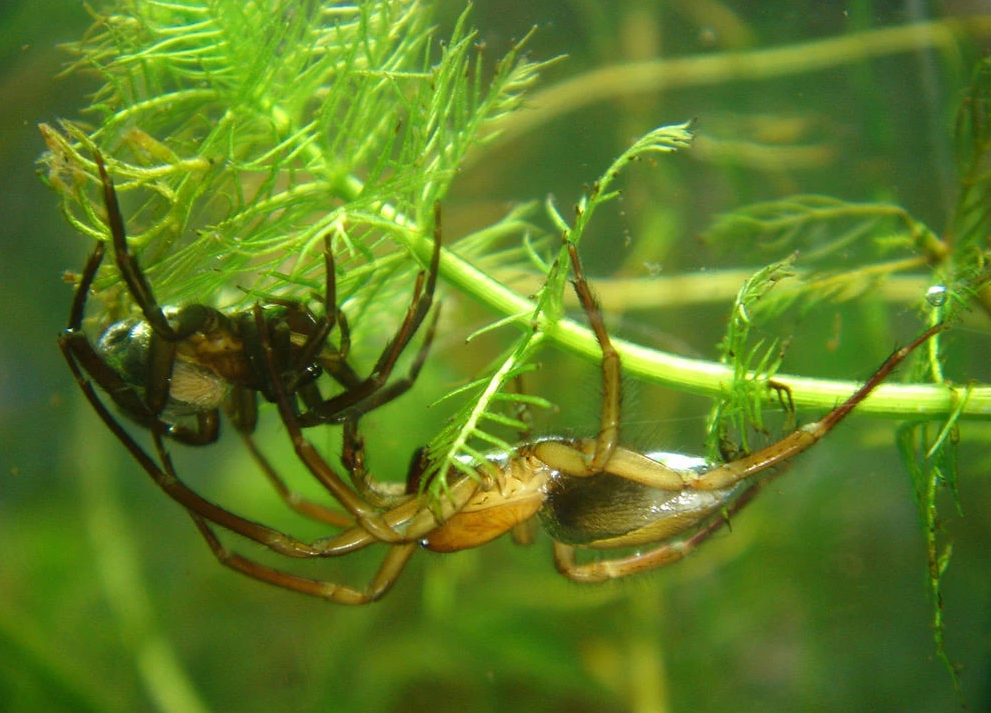
Hello, science and technology lovers! Today we’re going to talk about an amazing spider that lives underwater and doesn’t drown, even though it has dry land lungs! Called the Aquatic Argyroneta, and a true master of disguise, this spider has an amazing trick up its sleeve (or rather, underwater). It has millions of super water-resistant hairs that act as a kind of umbrella, trapping air and creating a small reservoir of oxygen around its body. This air bubble is called a “plastron” and is like his special underwater superhero costume, it protects the spider from turning into a swimming spider.
Now, why is this relevant to us earthlings? It turns out that scientists, ever curious, have been trying to replicate this feat of nature in our human creations. If we could do that, it would open up a world of possibilities, just think of having surfaces that repel water in an extreme and durable way, like a magic umbrella that never gets wet! But here comes the problem: artificial plastrons have been like those cheap umbrellas that break at the first wind. They are unstable under water and only keep surfaces dry for a very short time, like chewing gum that sticks to your shoe, but in a scientific version.
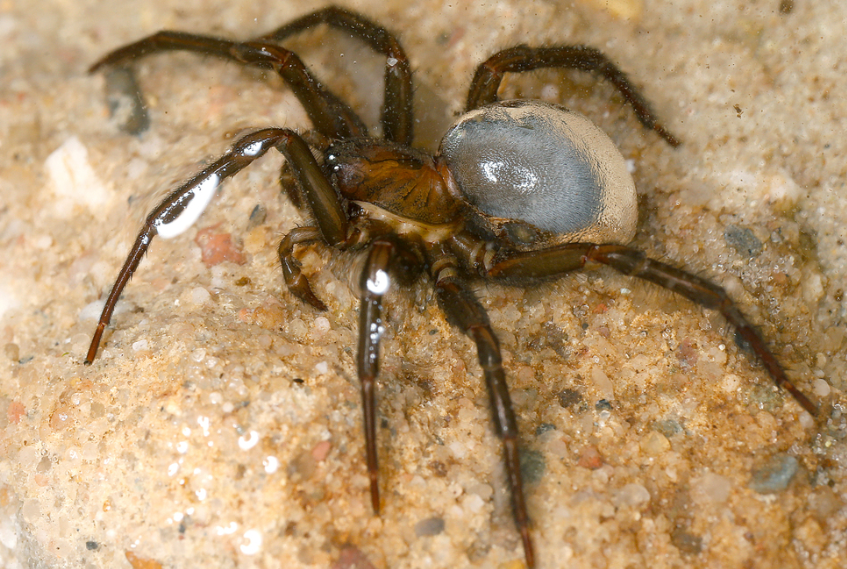
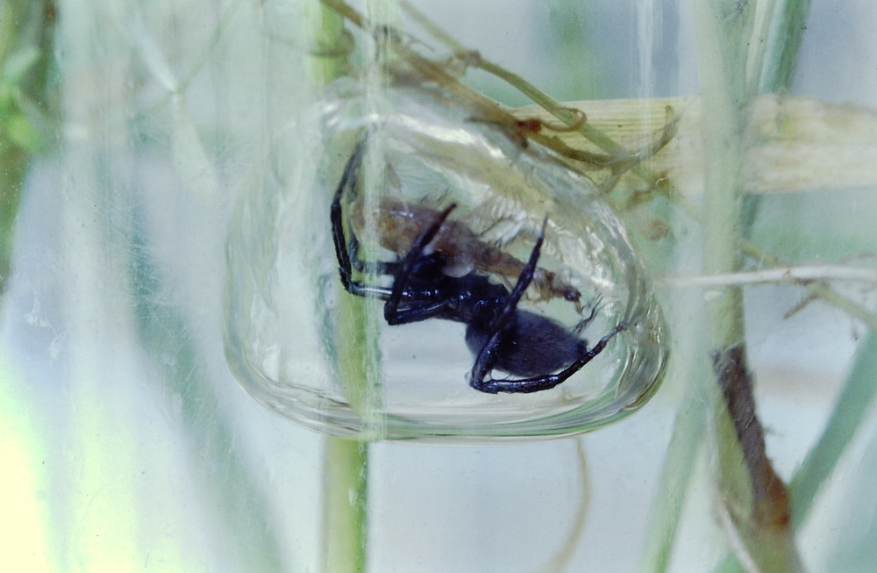
But don’t worry, because a team of scientists from Harvard University, Friedrich-Alexander-Universität Erlangen-Nürnberg in Germany and Aalto University in Finland have got to work and created a solution that makes plastrons rock-solid. No broken umbrellas here! They called their creation “superhydrophobic surfaces” (sounds like a secret superpower, right?). These surfaces keep things dry underwater for a long time, imagine your smartphone never getting wet, even if you submerge it in a swimming pool. It’s like magic!
Scientists discovered the key: you don’t just need a rough surface to make it work, like the fur of the aquatic Argyroneta. You also need to consider things like hydrophobicity (how water repellent it is), contact angles and more, it’s like a science game with secret rules. To test their creation, scientists subjected it to all kinds of tests. They bent, twisted and even washed it with hot and cold water, it seems to be more resistant than a comic book superhero. It can stay dry for days and days, even under water! It reduced the growth of bacteria and other marine critters, as if it had an antibacterial super shield!
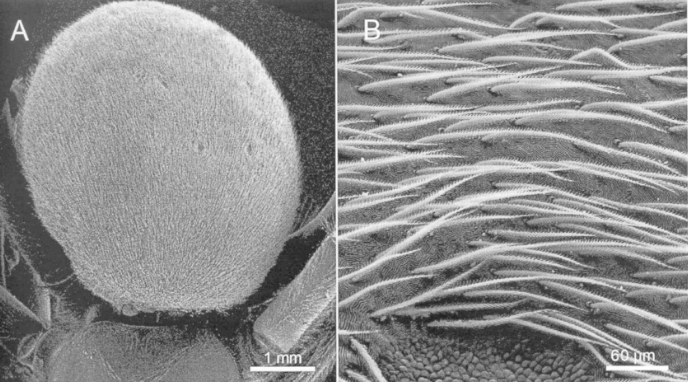
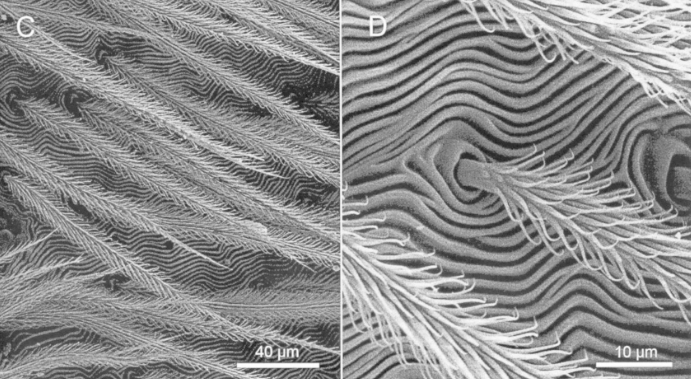
Why is all this exciting? Well, these magic surfaces have applications in medicine and industry, they could reduce infections after surgery and be used in implants. They could also prevent corrosion in subsea pipelines and sensors. Imagine a world where everything is protected by surfaces that never get wet! So, thanks to a tiny underwater spider, scientists are exploring new frontiers of technology. Who would have thought we could learn so much from an aquatic spider. Nature continues to surprise us with its scientific lessons!
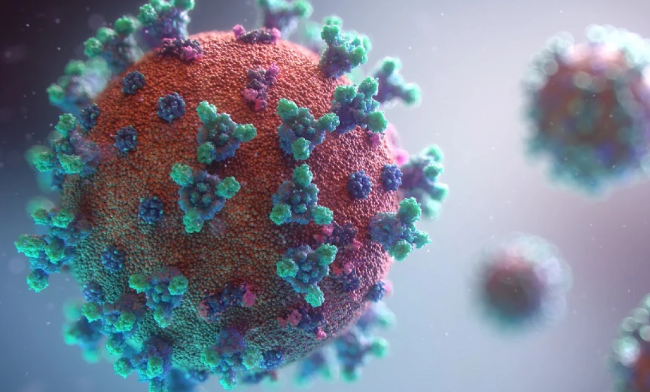
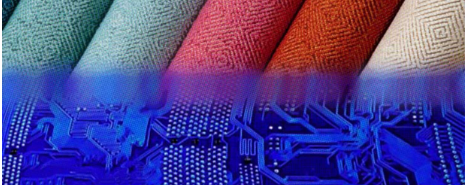
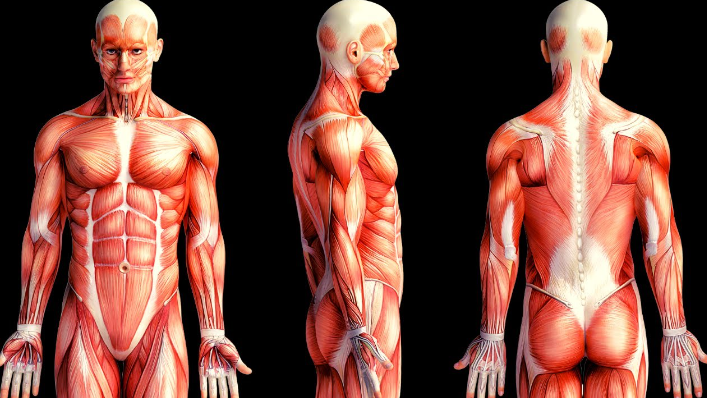
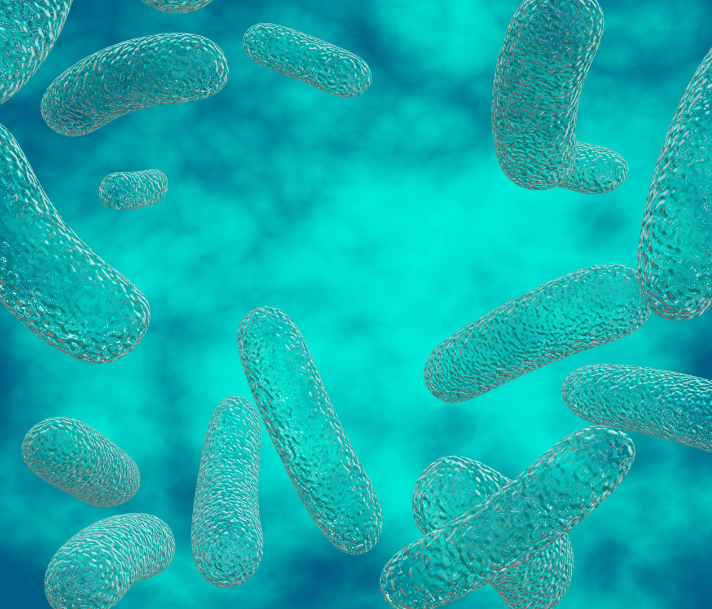

Responses